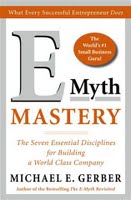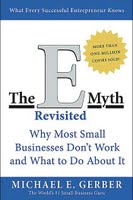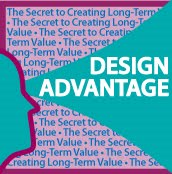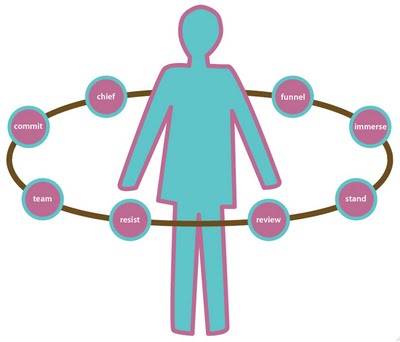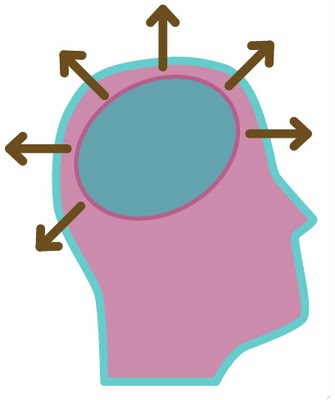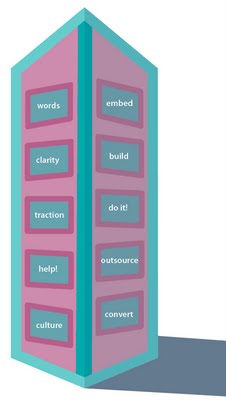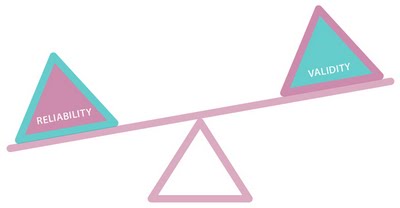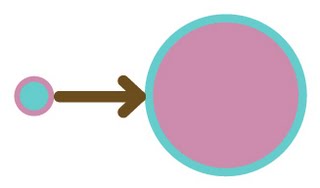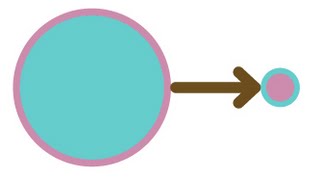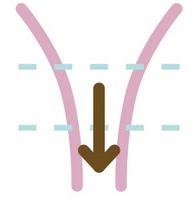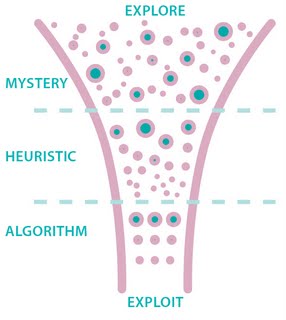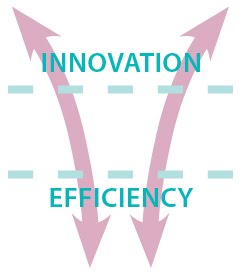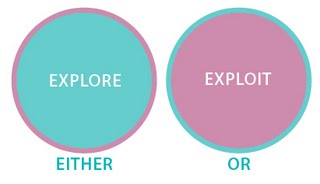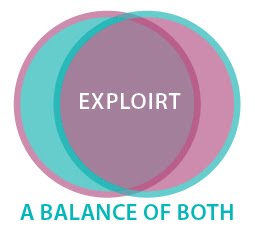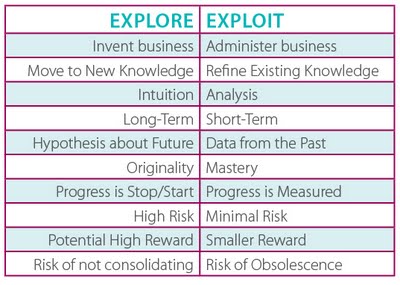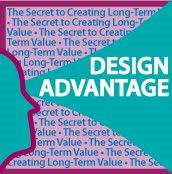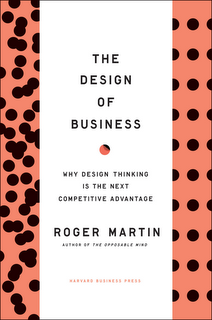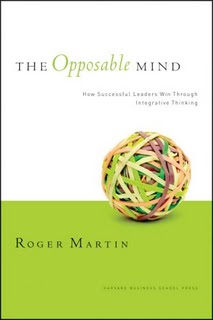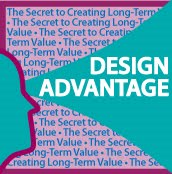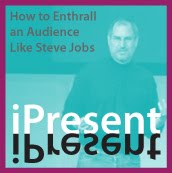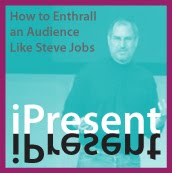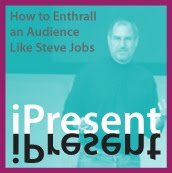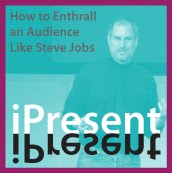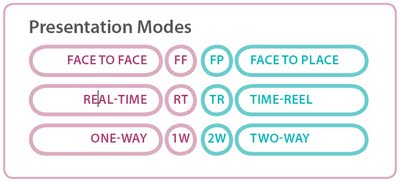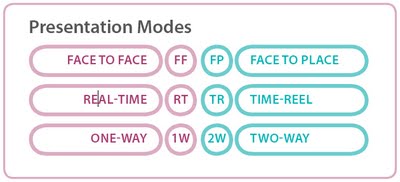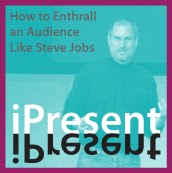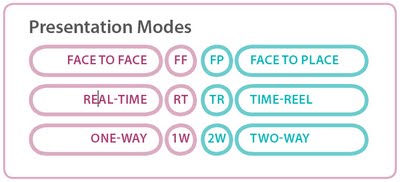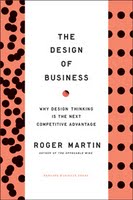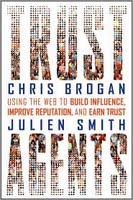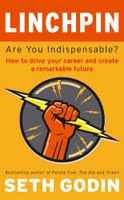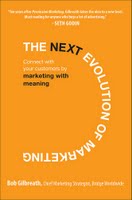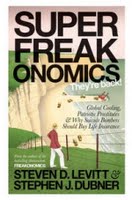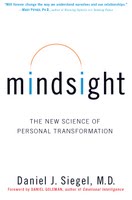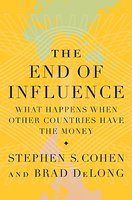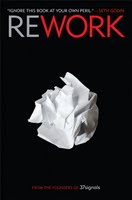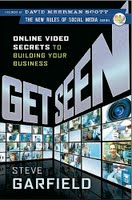Design Advantage : The Secret to Creating Long-Term Value 17
Design Advantage : The Secret to Creating Long-Term Value 17 Get the full Book Rapper issue: Design Advantage
Top Seven Design Thinking Books
PROFIT : Want to fill your brain with even MORE design thinking? Here's the books I've bought recently on Design Thinking.
Disclaimer: I've only fully read Roger Martin's The Design of Business so far…
Reviews will follow as I read the others...
(All Book Links non-affiliate links to Amazon)
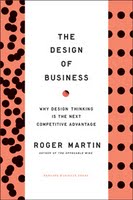 1 Roger Martin: The Design of Business
1 Roger Martin: The Design of Business Our Book Rapper issue was based on Roger's book. That's the best RAP we can give it. We only select 12 books a year so you know it's got to be good. Why do I like this one? It's based upon a powerful model: The Knowledge Funnel - as featured in our RAP.
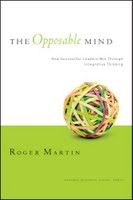 2 Roger Martin: The Opposable Mind
2 Roger Martin: The Opposable Mind Roger Martin’s previous book. It’s Design Thinking for the Individual. Thanks to James Gillespie for putting me onto this one. Roger's terminology here is 'Integrative Thinking'. He's talking about the ability to deal with complexity rather than simple solutions. For me, as a designer this appealed because I felt it explained what I do relative to other smart people who come up with ideas and aren't designers.
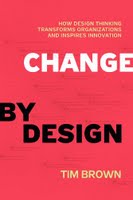 3 Tim Brown: Change By Design
3 Tim Brown: Change By Design All that needs to be said here is: Tim Brown is the CEO and president of world renowned design business IDEO. Got it? He knows something, well, a lot about design and the business of design. It is about Design Thinking and therefore about creative leaders having a blueprint for their organisational work.
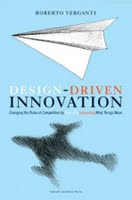 4 Roberto Verganti: Design Driven Innovation
4 Roberto Verganti: Design Driven Innovation Four things made me buy this book. (1) Italian = Design. Excuse the stereotype and in this case it fits. Roberto is from the home of design in Milano. He comes from an innovation perspective rather than design. (2) The subtitle of the book: "Changing the Rules of Competition by Radically Innovating What Things Mean". For me it means the big has going to have a lot of big words in it. And, I like the idea of challenging 'what things mean'. (3) It's from Harvard Business Press. That's a reliable recommendation in my mind. (4) Also, I love the cover imagery. I would have made the planes fly left to right though!
5 Thomas Lockw
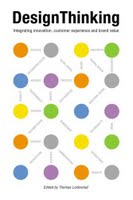 ood (Editor): Design Thinking
ood (Editor): Design Thinking This one appeals because of its diversity. 23 chapters from 23 different authors is going to give a widespread, far-flung and boundless view of design. It includes academics, business leaders and design thinkers. Be warned: the writing's small!
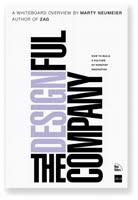 6 Marty Neumeier: The Designful Company
6 Marty Neumeier: The Designful Company I love this book because of the way that it's designed! It's got big writing, plenty of pics and has some fun along the way. Marty's earlier books The Brand Gap and Zag are equally designful! It may not have the depth or rigour of the others on the list and Marty's well credentialled to write a great story. I want my next book to look like this one! So, buy it to read or as a model for designing your own book.
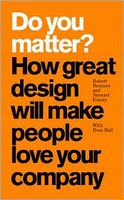 7 Robert Brunner, Stewart Emery and Russ Hall
7 Robert Brunner, Stewart Emery and Russ Hall This book is simply and elegantly laid out too. Not as much fun as Marty's though. Robert Brunner is a partner at Pentagram - a world leader in design. He's worthy of your attention. This one is speaking about design, design-driven culture and design language. They just don't highlight the term 'design thinking'.
Any other books you'd add to this list? Love to hear your thoughts, experiences and suggestions.
Labels: Business Design, Design, Design Advantage, Design Thinking, Marty Neumeier, Robert Brunner, Roberto Verganti, Roger Martin, The Design of Business, Tim Brown
